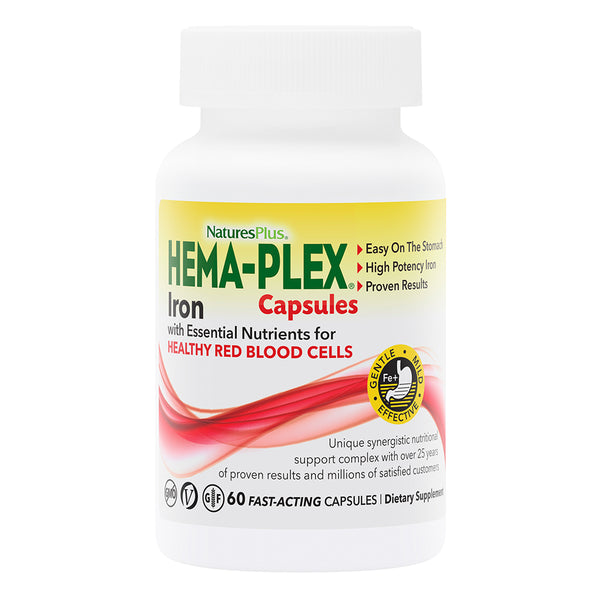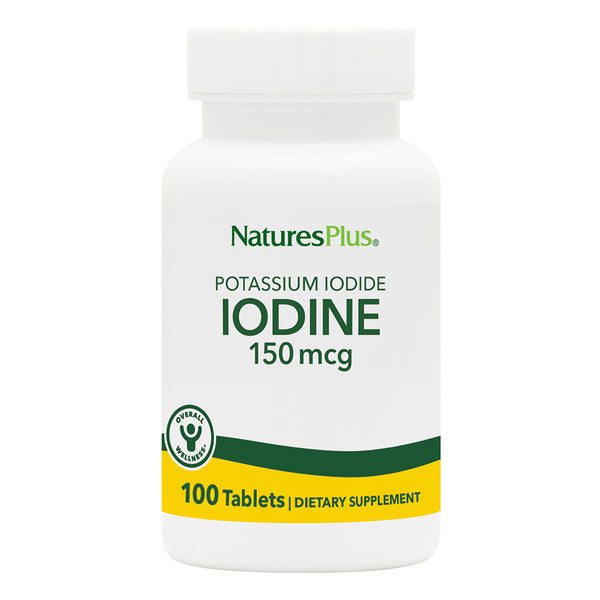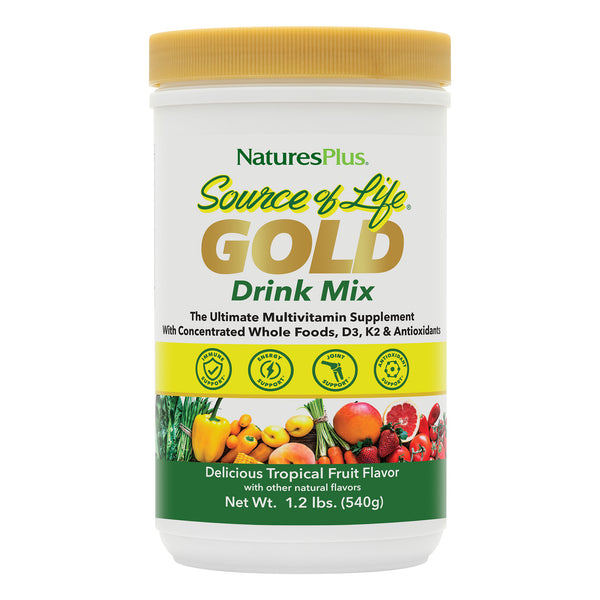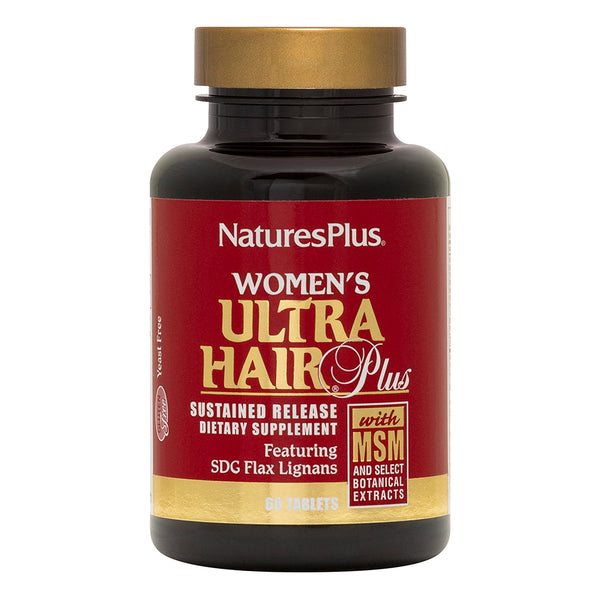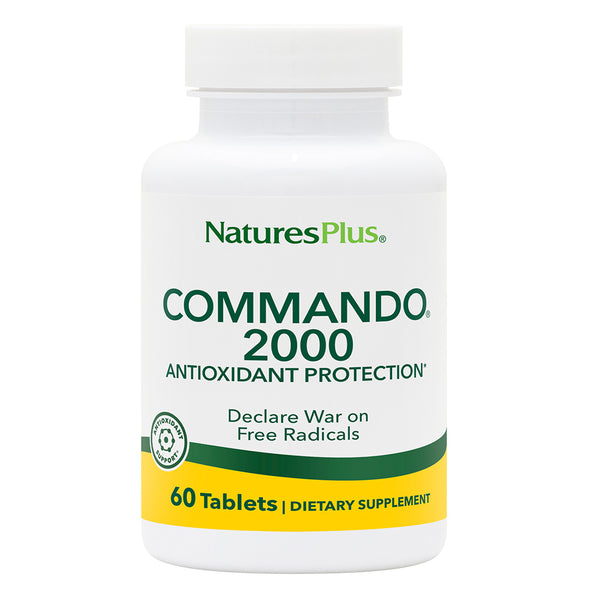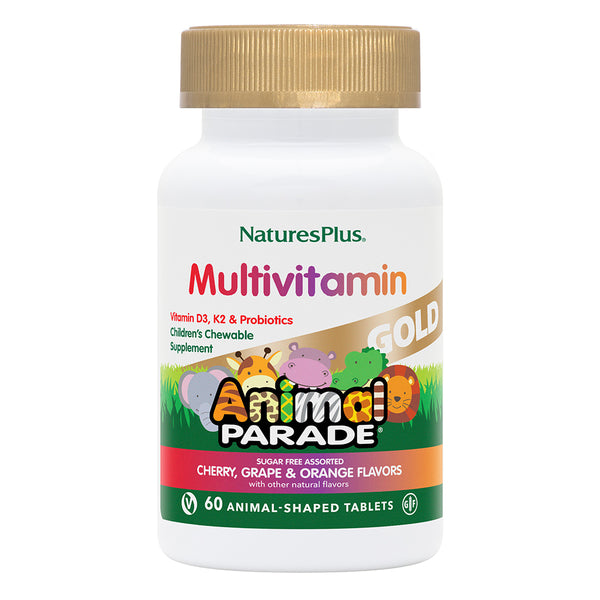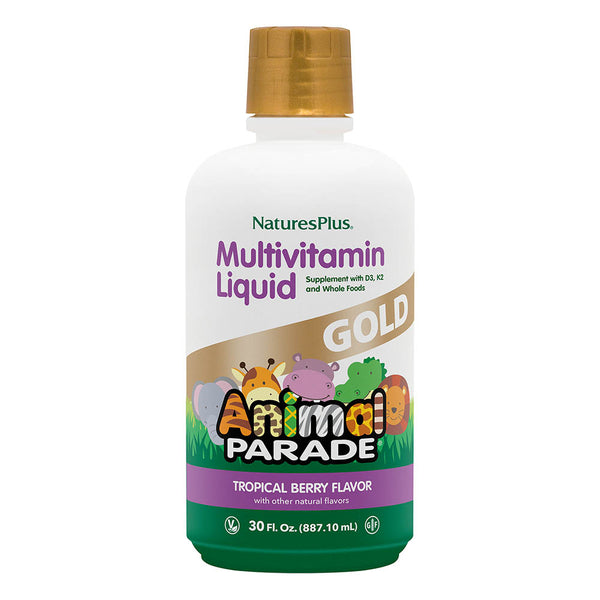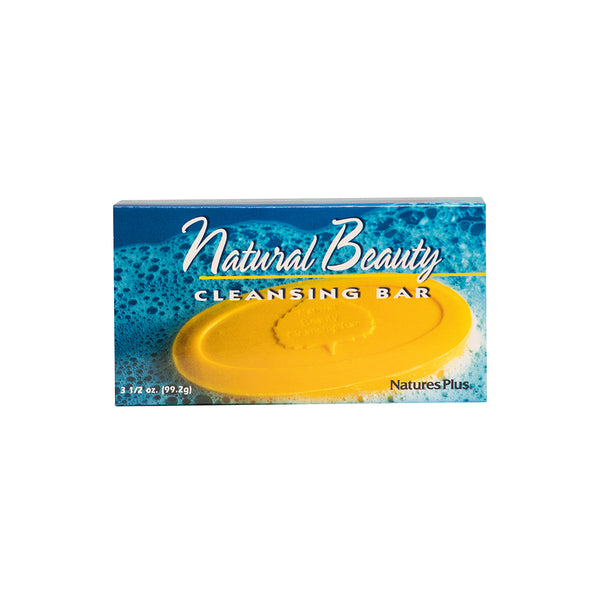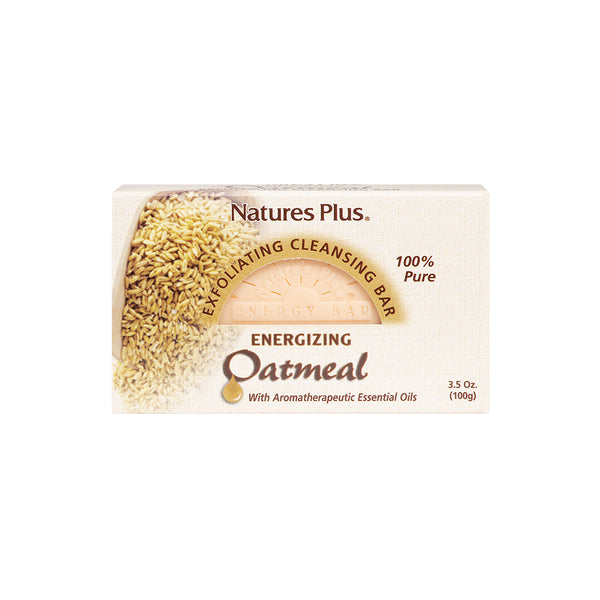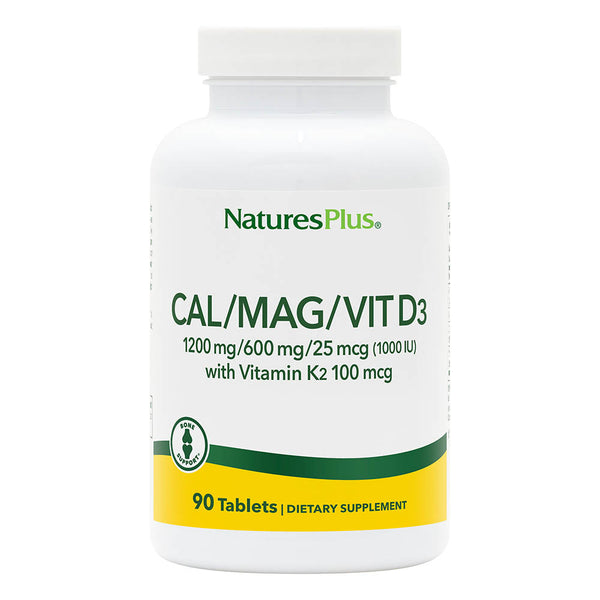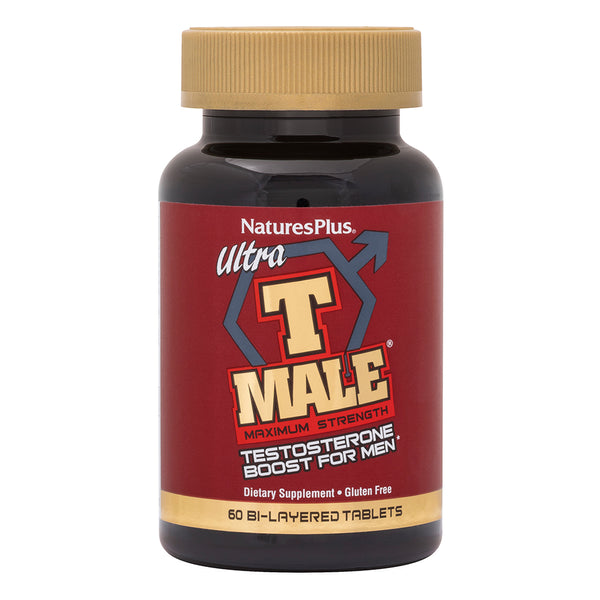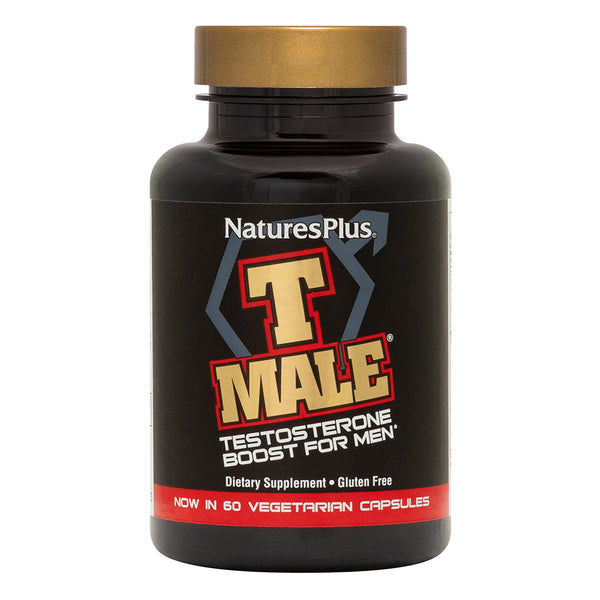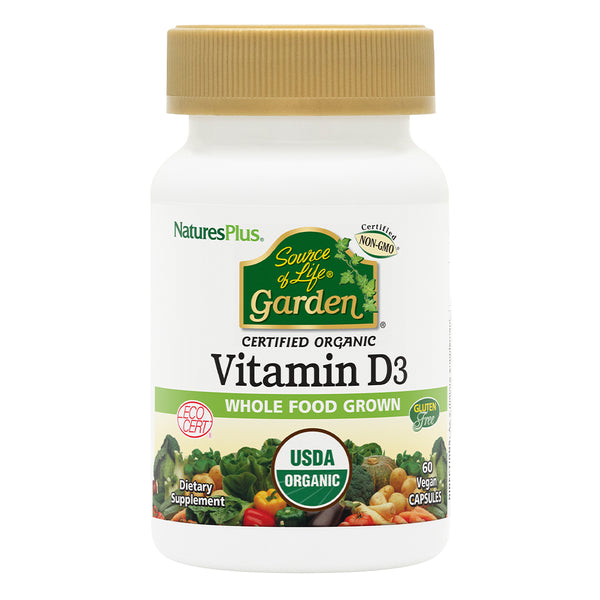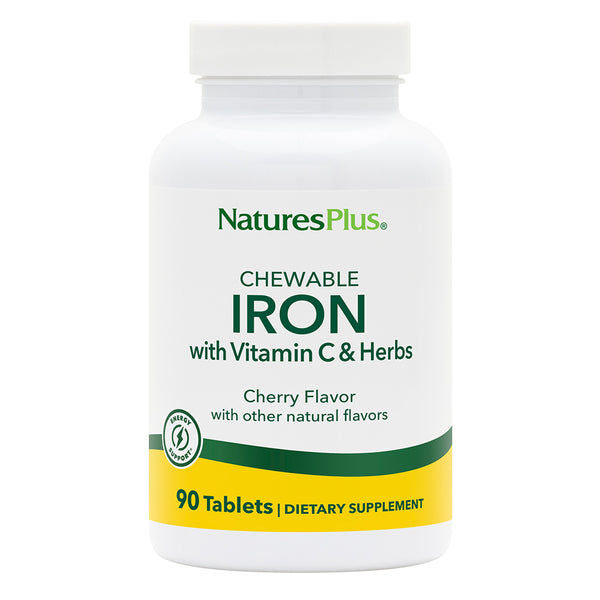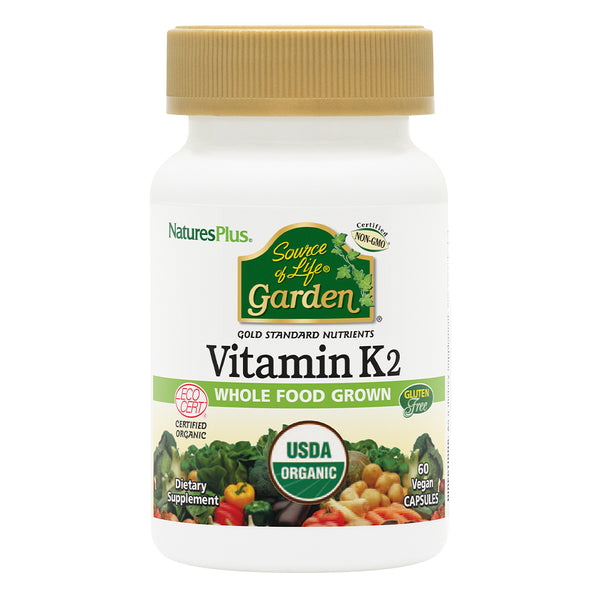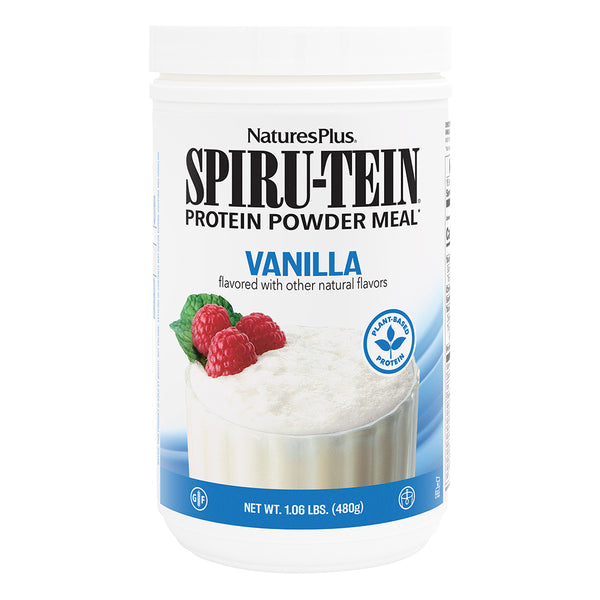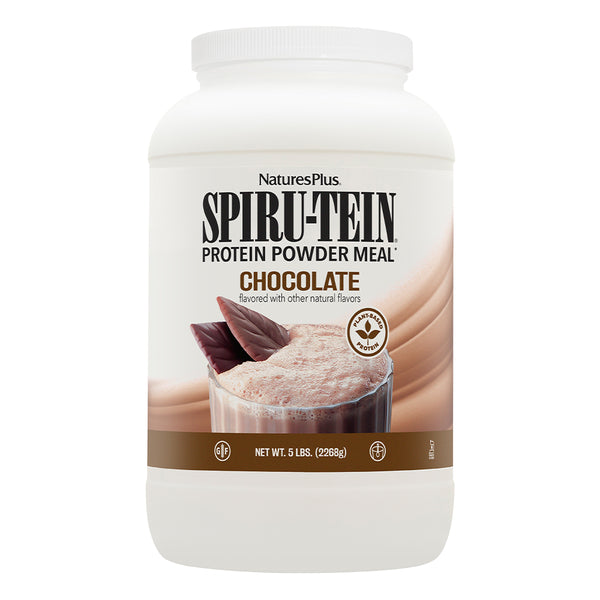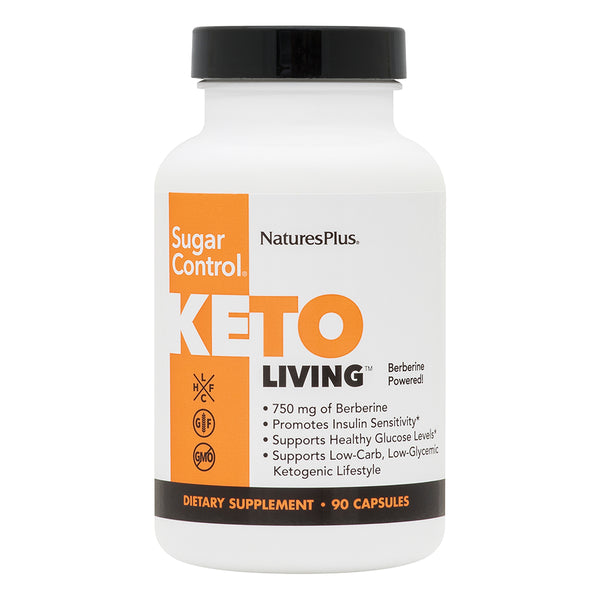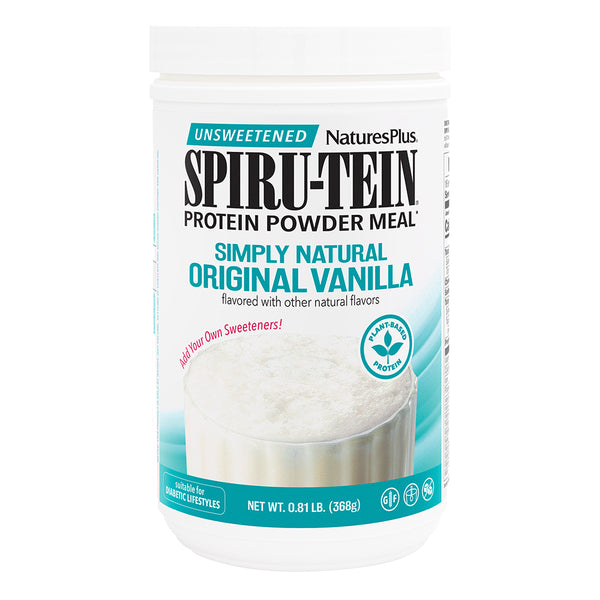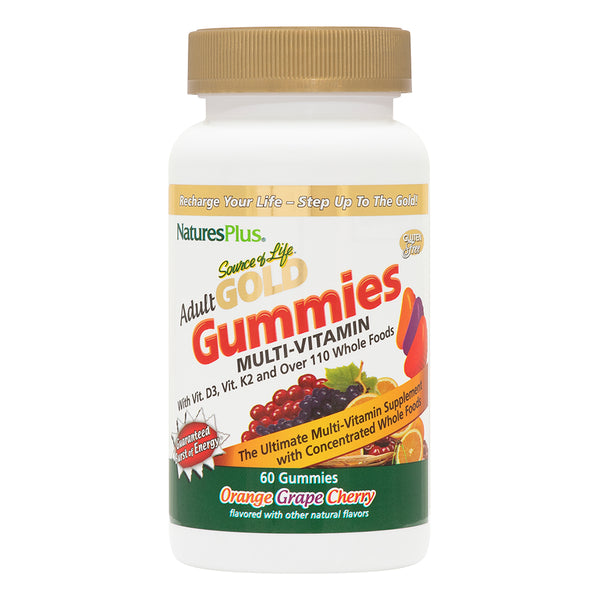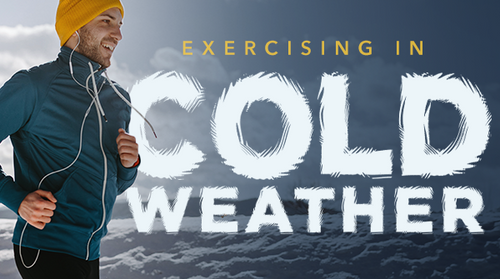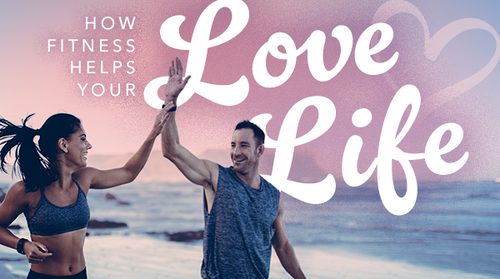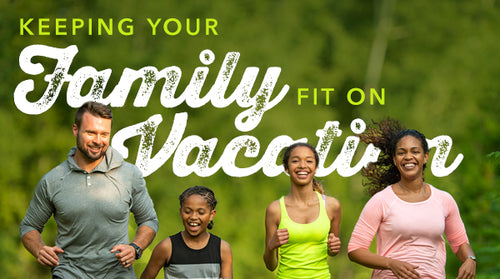Does the idea of exercising in winter weather leave you cold? Is getting to a gym too much trouble (or too expensive)? Do you have responsibilities that make leaving the house for fitness difficult?
No matter what the reason, there are times when a home workout will be your best exercise option.
Unless you've spent thousands investing in a home gym setup, chances are that your home workout is going to look very different than it would in a commercial establishment, with its wide range of equipment to choose from.
That said, working out at home means there are no people to distract you, and you can play the music you want to hear.
Starting a Home Fitness Routine
The key to long-term success when exercising at home is to keep your workouts interesting.
First and foremost, create a plan. Schedule your exercise at home just as you would any other important appointment. (Gohere for tips from fitness professionals.)
Social support can also help you stick with a regular routine, so try the buddy system: Invite a friend or spouse to join your workout sessions. Hold friendly competitions, vying to see who can do the most sit-ups or push-ups. The winner gets to choose the next exercise or wins points they can trade for a healthy treat.
For extra motivation, hang inspirational posters and photos in your workout area and decorate the walls with bright colors and plenty of mirrors. Mirrors not only provide a more spacious feeling but they make it easy for you to check your form.
Finally, you may have to modify your exercise routine as you age; gohere for ways to do that (andhere if it’s been a while since you last exercised regularly).
Basic Workout Types
There are three basic types of exercise: aerobic, resistance and flexibility.
Aerobic Exercises
Aerobic, or cardio, exercise pumps up your heart rate, which conditions your heart and lungs.
Running and biking are activities that most commonly come to mind when you think of aerobic exercise. However, there are plenty of cardio exercises you can do from the comfort of your own living room—you can even make it a circuit workout to ensure you don't get bored:
- High knees
- Lateral shuffles
- Speed skaters
- Jumping jacks
- Squat jumps
- Lunge jumps
- Box jumps onto a stable chair
- Mountain climbers
- Burpees
- Inchworm crawls
Need help with the how-to? The American Council on Exercise has anexercise library with step-by-step directions.
Get at least 150 minutes of moderate cardio activity a week.
Resistance Exercises
Resistance exercise, also known as strength training or weight training, uses resistance to strengthen muscles. Pencil yourself in for two or three sessions a week.
One way to make resistance work more effective is to focus on theeccentric part of the movement, the lowering part; for example, the eccentric part of a push-up is where you lower yourself to the ground. By increasing the time you're in the eccentric movement, you can see faster muscle gains and actually lower your risk of injury.
Resistance can come from one of the following sources. Regardless of which option you choose, the most important part is to focus on using correct form each time to avoid injury and not sacrificing your form in the interest of doing one more rep.
Bodyweight
Bodyweight training is where you use the resistance provided by your own body’s weight. Common examples of bodyweight exercises are push-ups, dips, pull-ups and chin-ups.
The benefit of these movements is that there is no cost involved, and you can use variations of exercises to make them more challenging, based on your experience level and ability. You also are more likely to use the secondary stabilizer muscles—those that keep a certain body part stable during a particular motion—that may go unused during a machine workout.
Resistance Bands
Resistance bands are basically giant flat or round rubber bands (with or without handles) that provide an inexpensive, easy-to-store form of resistance that can also be easily tucked into a suitcase for travel. They generally come in sets with bands of varying resistance levels; use lighter resistances for smaller muscle groups and medium-to-heavy resistance for legs and larger muscle groups.
To maximize results, always keep appropriate tension on the band. You can continue to add new challenges to exercises by changing the anchor point and taking advantage of different body positions, angles, and speed of movements. (You can find a resistance band workout here.)
Free Weights
A free weight is any exercise where the resistance is created by a freely moving object. It could mean a barbell, dumbbell, medicine ball or any other free-standing object. Some examples of exercises you could do with free weights include deadlifts, presses, rows or curls.
Like bodyweight exercises, free weights require you to stabilize the entire movement, which means relying on the stabilizer muscles. While there is a cost involved in equipping your home gym with free weights, a barbell or dumbbells, plates and a bench, such equipment generally provides plenty of options for designing a great workout.
Machines
Using a machine to exercise is when you are performing the movement on a fixed path. The weight is usually stabilized by the machine, so you don't use the stabilizer muscles the way you do with bodyweight exercises and free weights. Some examples of machine exercises include leg extension, leg press and any other type of press or row performed on a machine.
A machine is generally the most expensive option if you're considering adding one to your home. While these movements can be easier to learn than how to correctly perform movements with free weights, it can sometimes create an unnatural movement path that may be uncomfortable.
Flexibility Exercises
Flexibility exercises are those that help keep joints mobile, such as stretching, yoga and tai chi. You should work on flexibility at least two or three times a week.
Home Workouts for Different Goals
One factor that will determine what specific exercises you should perform is what you’re trying to get out of a workout. The following plans are tailored to core work, toning and flexibility.
A Core Workout
A strong core helps you safely perform just about every activity of daily living, even more so if you enjoy sports such as tennis or golf.
Your core muscles wrap around your trunk like a corset and work in a coordinated effort to keep your pelvis, lower back, hips and abs working together in sync. This not only prevents injury but also gives you better stability and balance.
Use these exercises to help strengthen your core. Perform each for two sets of 6 to 12 repetitions, depending on how much time you have and your current fitness level.
Standing Scapular Stabilization: In a staggered stance with one foot in front of the other, hinge forward from the hips and allow the arms to hang straight below the chest. Pull your shoulder blades down and back before starting the movement. Once the shoulder blades are set, maintain their position, then raise the arms straight out away from the body in a Y shape. Perform the same movement with the arms forming I, T, and W shapes, all while maintaining the position of the shoulder blades. The four letters (Y, I, T, W) make up one rep.
Plank Shoulder Mobility: In a plank position, with elbows and/or hands directly under the shoulders, maintain a straight body line from head to feet. Without allowing the shoulders to come forward, squeeze the shoulder blades together in the back and drop the chest downward. While maintaining a neutral spine, press through the elbows and/or hands and push the chest back up, allowing the shoulder blades to separate at the top of the plank.
Lateral Abdominal Stability:Begin by being in a bird-dog position (on hands and knees with opposite arm and leg extended), then keep the trunk stable and move the arm and leg out away from the midline of the body (laterally). Do not allow the hips to shift or the back to arch.
Glute Stability:Lying face-up on the ground, extend the legs and dig the heels into the floor, with toes pointed upward. Engage the legs and lift the hips upward, but avoid locking out your knees. With the hips off the ground slightly, raise one leg off the ground 2 to 6 inches. Slowly lower the heel back to the floor, and repeat with the other leg.
Contralateral Limb Raises:Lie on your stomach on a mat with your legs extended, and point your toes away from your shins. Contract your core muscles, and slowly raise one arm several inches off the floor. Avoid arching your back or raising your head as you hold the position for several seconds. Repeat with the other arm. Vary the exercise by lifting your leg a few inches off the floor without rotating the leg.
Superman: Feel like a superhero when you do this exercise, which strengthens the back, hips, glutes and shoulders. For the Superman routine, line on your stomach with the legs and arms extended and the palms facing each other. As you breathe out, contract your abdominal muscles as you extend both hips, raising both legs off the floor as you raise your arms several inches off the floor at the same time. Avoid rotating any of the limbs, and maintain the positions of your torso and head without arching the back.
Planks: Planks are harder than they look, but they are excellent for your core, building the strength in your back and abs. Lie on your stomach with your elbows under your shoulders and close to the sides. Place the palms flat on the floor, contract your quads as you extend your legs, and bring your toes toward your shins. Use your core muscles to stiffen the torso. Avoid sagging or arching your low back or bending your knees. Continue to breathe as you hold this position for a certain amount of time, such as five to ten seconds. Increase the time as you continue to strengthen your core.
Supine Reverse Crunches: The reverse crunch helps strengthen your abdominal muscles without putting strain on your neck. Lie on your back flat on the floor with your knees bent and arms spread out to the sides. Contract your abdominal muscles as you lift your feet off the floor, raising the knees so they are directly above the hips. Maintain a 90-degree bend in your knees, and use your arms as a way to balance and support yourself. Roll the hips off the mat or floor, rolling the spine upward as you bring your hips and pelvis toward your ribs. Maintain the same angle in your knees as you roll upward. In a controlled motion, lower your spine back toward the mat or floor.
Squat Jumps:Squat jumps help tone your lower body while giving you a bit of a cardio workout as well. Stand with your arms at your sides and feet spread hip-width apart. Pull your shoulders back and down without arching your low back. Shift the hips backward and downward to bend the knees. Lower yourself until your heels are nearly lifting away from the floor. Keep your back flat and your head facing forward. Take a brief pause, and then jump upwards in an explosive motion as you extend your knees, hips, and ankles. Land quietly and softly on the mid-foot, rolling quickly backward to your heels to avoid placing extra stress on the knees.
Supine Pelvic Tilts:Lie on your back with your knees bent and both feet flat on the floor. Your arms are out to your sides in a “T” position, palms facing up. Exhale: using your abdominal muscles, press your lower back into the floor. Do not lift your hips or let your tailbone roll up off the floor. Hold this position briefly. Inhale: Tip your pelvis in the opposite direction, creating an arch in your lower back (increasing the space between the back and the mat). Do not lift your hips or let your tailbone roll up off the floor. Hold this position briefly before returning to your starting position.
A Toning Workout
Developing overall muscle tone requires resistance training based on the overload principle, which states that greater-than-normal stress or load on the body is required for training to take place. Once the body adapts to a particular level of stress, you must continue to increasingly challenge the muscle for it to keep changing. This change may include increased muscle endurance or, in this case, growth, which appears as muscle tone where the muscles appear defined, even at rest.
Squat:Start with your feet a little wider than your hips, feet angled out slightly. Then, keep your shoulders back and your head up as you use your legs to lower yourself until your thighs are parallel to the floor or slightly lower. Keep your heels in contact with the floor throughout the movement, before coming back up. Don't lean too far forward.
Lunge: From a standing position, step forward and down with either leg into a 90-degree bend while keeping your upper body straight; do not let your knee travel forward of your toes. You can also do a reverse lunge by stepping backward.
Push-Up: Start on the floor with your hands next to your shoulders, arms extended with a straight back, and up on the balls of your feet. Then, bring your chest down toward the floor without letting your back sink before rising back up again. If you don't have sufficient arm strength, do push-ups from your knees while maintaining proper form.
Pull (Scapular Retraction):Lie on your stomach with arms outstretched overhead, palms facing one another. Engage your abdominals and pull your shoulder blades back and down as you bring your arms up to form the letters I, Y, T, W, and O.
Chop: Begin by kneeling on your right knee with your left foot on the ground in front of you, knee bent at a right angle, and your torso upright. Engage your abdominals as you clasp your hands together in front of you and slightly above your head. And keeping your arms straight, rotate your torso as you bring your arms down and to your right side. Repeat for the desired reps, and switch sides.
A Flexibility Workout
Flexibility requirements vary for different sports and activities. Being inflexible increases the risk of injury, making improvements in range-of-motion an important part of any fitness program. Even if you initially feel stiff, regular stretching, the use of a foam roller, or practicing yoga can enhance your flexibility over time.
Side Stretch:Sit in a cross-legged position on the floor. (If you have tight hips, try sitting on a block, pillow, or blanket.) Bring right fingertips to the ground by your right hip, inhale as you bring your left arm up toward the ceiling, and as you exhale, walk your right fingertips to the right. You should feel a stretch along the left side of your body. Hold for five to eight breaths and then switch sides. As you switch sides, also reverse the cross of your legs. Aim to stretch a little deeper on the second round, maybe bringing your elbow to the floor.
Cat/Cow: Start in a tabletop position with your knees on the floor directly under your hips and your hands underneath your shoulders. As you inhale, lift your sitting bones and chest toward the ceiling as you drop your belly toward the floor (Cow Pose). As you exhale, round your spine toward the ceiling (Cat Pose). Keep hands and knees in position and continue for 10 to 20 breaths as you alternate Cow Pose on the inhale and Cat Pose on the exhale.
Downward Facing Dog (Down Dog):Begin on your hands and knees, with your hands directly below the shoulders and your knees directly below the hips, toes tucked under. Spread the fingers as wide as possible, with the index and middle finger pointing forward. Draw the navel in and lift your knees away from the floor, pressing the hips up and back to where the wall and ceiling meet behind you. Straighten the arms and legs until your body forms an upside-down V. Lift the sitting bones toward the ceiling while pressing your heels down toward the ground. Make sure that the inner edges of your feet are exactly parallel. Keep your gaze relaxed, head between your upper arms, navel engaged, and thighs lifted off the kneecaps. If you are very tight, bend your knees to relax the stretch through the backs of your legs. Hold for 10 to 20 breaths.
Like this article? You’ll love our weekly newsletter
sign up here!
**These statements have not been evaluated by the Food and Drug Administration. This product is not intended to diagnose, treat, cure or prevent any disease.



